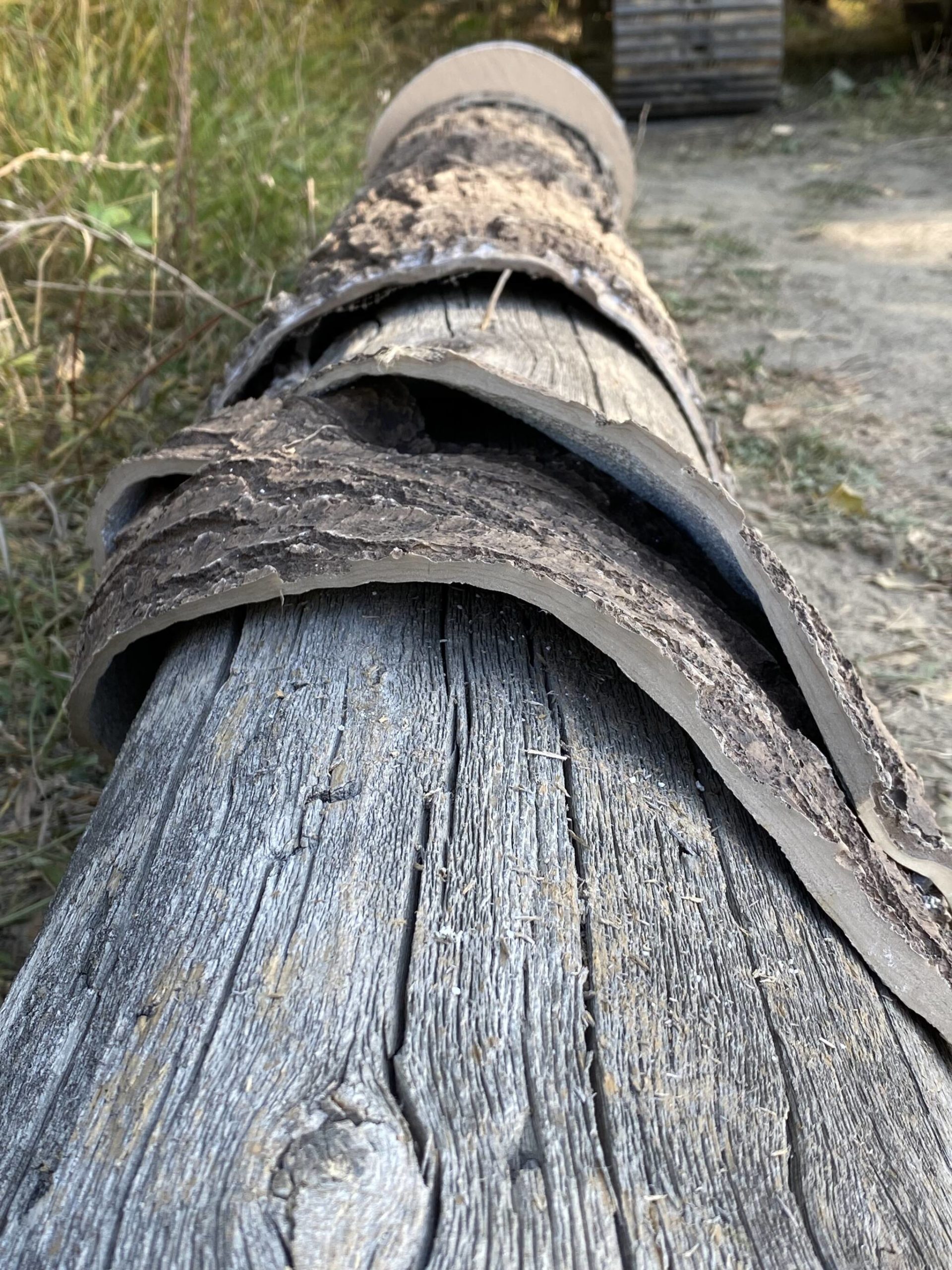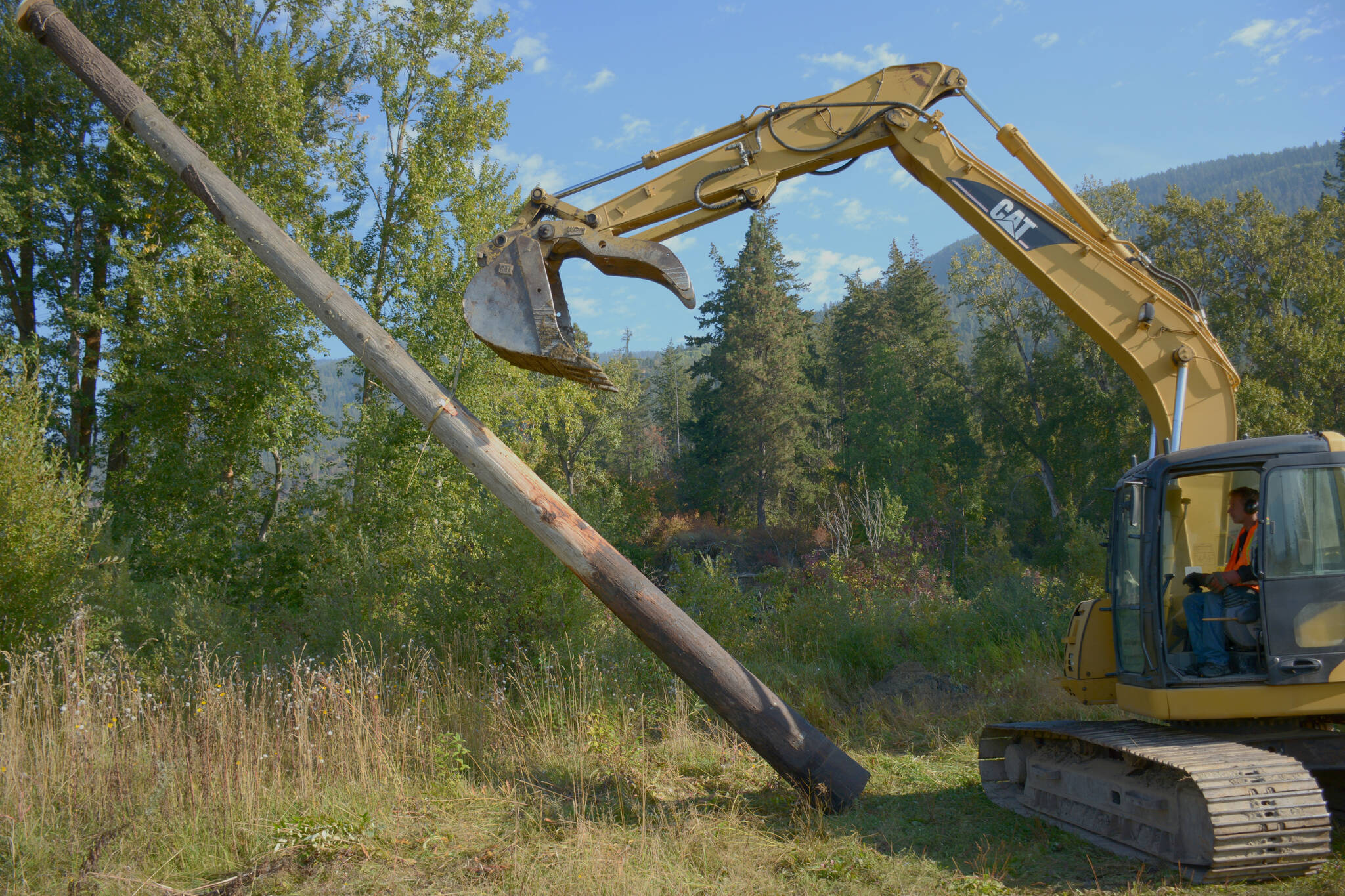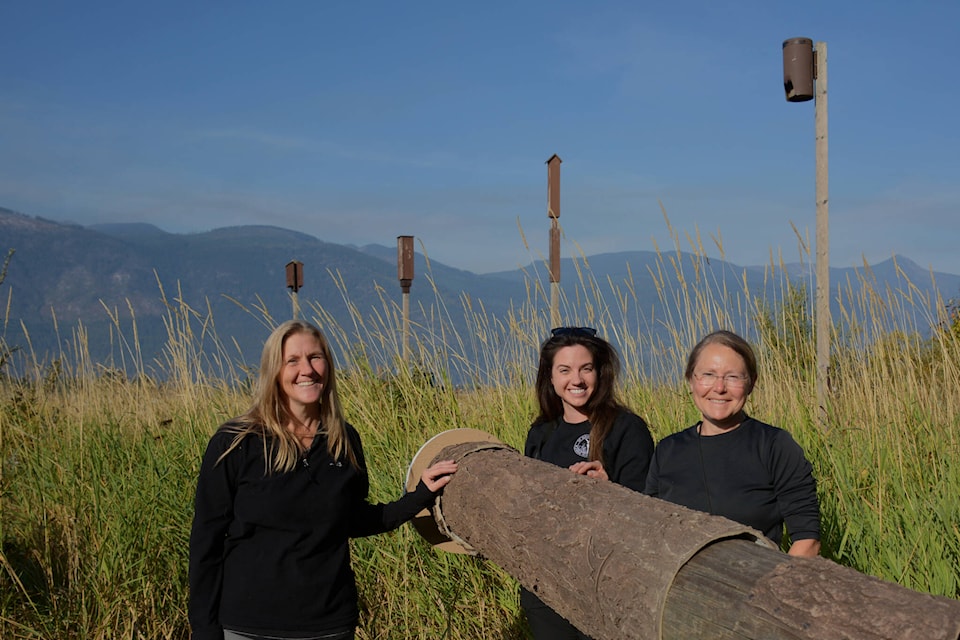A dedicated team of biologists is working towards bat conservation in the Kootenays.
Due to the human impact of forestry operations, many species of bats have lost natural habitat needed for raising their young.
Bats often like to use large, hollow trees for roosting, depending on defects like small cavities or loose bark found in mature, old growth forests. Female bats require warmth and a very specific micro-climate to raise their pups.
For example, Californian Myotis, a common species found in Columbia Basin, needs spaces small enough to allow their tiny bodies to warm and moisten the air around them. Younger trees rarely have the crevices they seek.
Some species have adapted to using buildings and bat boxes instead. However, of the 12 species in the Creston area, only four regularly use buildings to roost, while the other seven do not.
The plummeting bat populations are alarming, as they play a fundamental role in a healthy ecosystem and help control insect populations.
They are the longest lived of all small mammals, with survival records in western Canada known to be 38 years for some species.
Year after year, they return to the same place they were born to raise a single pup each summer, as long as there is enough insect food available.
Biodiversity is increasingly threatened by habitat loss and white-nose syndrome, an
invasive fungal disease that kills bats, currently present in the United States part of the Columbia Basin and spreading annually.
Tree Roost Enhancement Project
To address this issue, Wildlife Conservation Society Canada (WCS) is overseeing a project to enhance and provide artificial tree roosts for bats to raise their young.
“Our project aims to not only start the process of replacing old growth trees for bats, but to determine how viable these structures are as a wide-scale mitigation tool in areas where logging continues,” said Cori Lausen, director of bat conservation for WCS. “Bats are important to the forestry industry in their significant pest-control services, and yet ironically, logging is removing large tracts of their roosting habitat. Reproduction is compromised when they cannot find suitable tree cavities to raise young, resulting in a constant decline of bats over time.”
In the East Kootenays, the Tree Roost Enhancement Project started in 2020 near Golden, funded by Environment Canada’s Nature Fund. It continued into the West Kootenays in September of this year, funded by Columbia Basin Trust and Environment Canada’s Habitat Stewardship Program.
As a collaborative project with the Creston Valley Wildlife Management Area (CVWMA), three modified trees and nine BrandenBark posts have been added near Duck Lake and Summit Creek.
BrandenBark is an artificial bark that is wrapped around the top of young trees or large poles with a small space just big enough for bats to squeeze into. The BrandenBark provides immediate habitat and has already proven to be used by the bats in the work done so far.

“The structures we are creating are not cheap to create and are fairly labour intensive,” said Lausen. “Our longer term goal remains changing how we log in B.C. to conserve suitable trees now and into the future for these long-lived mammals.”
Also with the help of local arborists, chainsaw cuts are being made in trees to create more spaces that appeal to bats.

Future projects
Creston is one of four main areas in the West Kootenays where this enhancement work is taking place. The other areas include North Kootenay Lake (Duncan Reservoir), Fort Shepherd near Trail, and Upper Arrow Reservoir (Beaton/Armstrong Lake).
As funding allows, WCS plans to continue creating and monitoring more artificial roosts in strategic areas of the Kootenays to gain a richer understanding of which species are best supported by using the structures.
WCS would like to thank FortisBC for donating the six poles and assisting with installation, as well as the team at CVWMA - Marc-André Beaucher, Jacob Ewashen, and Tina Watters - for facilitating the Creston portion of the tree roost enhancement project.
To learn more about the WCS Bat Conservation Program, visit www.wcsbats.ca.
For more information on these nocturnal creatures, check out the novel co-authored by Lausen, Bats of British Columbia, available on Amazon.
READ MORE: Kuskanook chalet sure to be popular among at-risk bats


